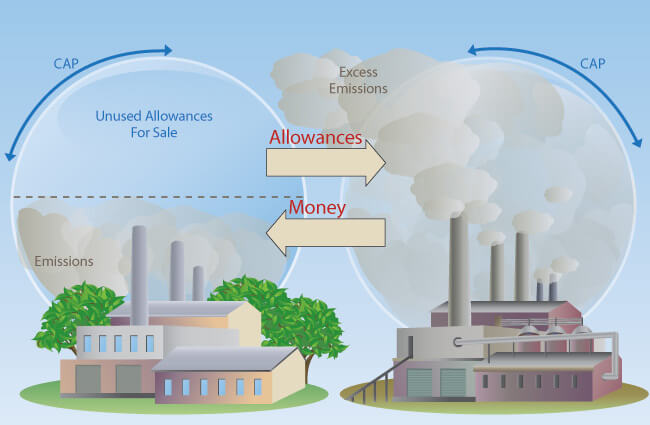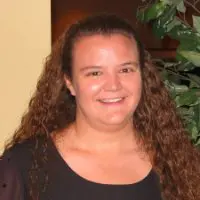Global warming, greenhouse gases (GHG), climate change; these words fuel controversy over whether human activity is responsible for a changing climate or to what extent. Regardless of debate, one thing is clear: there is growing regulatory control over greenhouse gases.
Not Just a Trend in the U.S.
This isn’t just a trend in the United States; countries across the globe are starting cap and trade programs to encourage lower emissions levels. The largest international movement driving a reduction in GHG emissions was the Kyoto Protocol to the United Nations Framework Convention on Climate Change (UNFCCC). The treaty was developed by all 192 parties involved including 191 countries (all the United Nation members except Andorra, Canada who withdrew in 2011, South Sudan and the United States, which signed but never ratified the Protocol). The goal of the Kyoto Protocol is to reduce GHG emissions to levels lower than that of 1990. It puts more pressure on developed countries to reduce emissions than developing countries, under the concept of “common but differentiated responsibilities.” Note that even though the U.S. and Canada aren’t committed to the Kyoto Protocol, they do have reduction programs in place including cap and trade programs in California, British Columbia, Manitoba, Ontario, and Quebec. The table below shows some of the key global emissions programs and their status.
| Start | Country – Emissions Trading Scheme | Status |
| 2005 | European Union (EU ETS) – 28 member states +Iceland, Liechtenstein and Norway | Mandatory |
| 2005 | Japan (JVETS) | Voluntary |
| 2008 | Swiss ETS (voluntary for medium and smaller companies) | Mandatory for large companies |
| 2012 | USA & Canada Western Climate Initiative (WCI) – CA and BC, Manitoba, Ontario, Quebec (2012-2014 – first compliance period) | Mandatory |
| 2012 | Australia Carbon Pricing Mechanism | Mandatory (but they are repealing Clean Energy Act 2011 and implementing Emission Reduction Fund instead) |
| 2013 | China Emission Trading Scheme (pilot program in seven cities) | In pilot phase (pilot ends 2016) |
| 2015 | Korean Emission Trading System | Mandatory |
Cap and trade programs are based on establishing a quota for emissions and assigning the emission allowances to industrial GHG emitters. The goals are to keep the emissions less than or equal to the allowance and to decrease the total number of allowances over time. Any company that emits less than their allowance will have surplus allowances that can be sold to others who emit more than their allowance. In addition, they can earn credit for financing emission reductions in developing countries or by offsetting emissions through forestation and livestock methane reduction projects.
 (source: Energy Information Administration (EIA) https://www.eia.gov/energy_in_brief/article/cap_trade_program.cfm)
(source: Energy Information Administration (EIA) https://www.eia.gov/energy_in_brief/article/cap_trade_program.cfm)
How is Emerson helping?
Whether using a fuel-based methodology (calculating emission based on fuel usage), continuous emission monitoring systems (CEMS), or throughput-based methodologies, accurate measurement and record-keeping is required. Proof that instrumentation is performing correctly is key to compliance.
For example, with fuel-based systems there are specific requirements around initial calibration methods and recalibration. In the U.S., there is a three-year recalibration interval that requires most metering devices to be pulled from the line and checked, causing process interruptions, potential exposure to process fluids, and increased labor. Emerson has started working with many companies to ease the burden of compliance. We know change is hard and we don’t want to add operational expenses for companies.
With Smart Meter Verification, you don’t need to take meters out of line to check them. Smart Meter Verification can be used as the manufacturer’s recommended calibration practice to reduce or eliminate the need to remove the meter from service.
With increasing environmental regulations, Emerson is dedicated to helping reduce the burden of compliance and maintaining reliable, hassle-free operations. Click below to see how in our case studies:
Costs of Green House Gas compliance cut by half with Emerson Measurement Solutions
Greenhouse Gas Compliance at a major SE USA Gas and Electricity Utility
To learn more visit: www.micromotion.com/ghg
